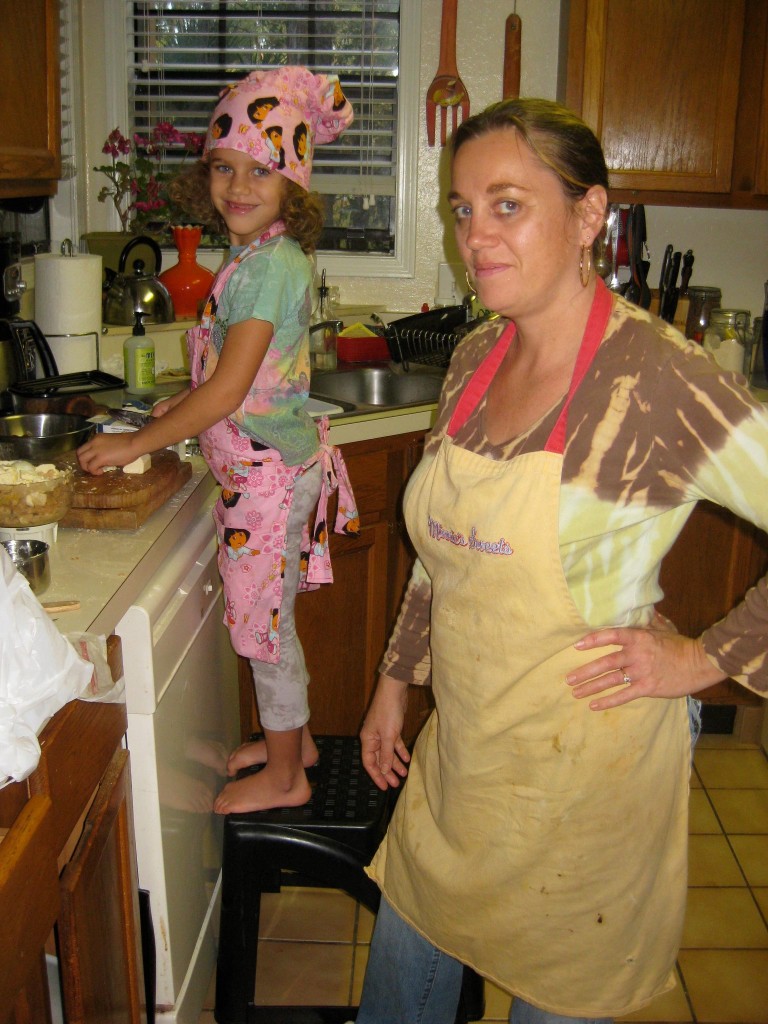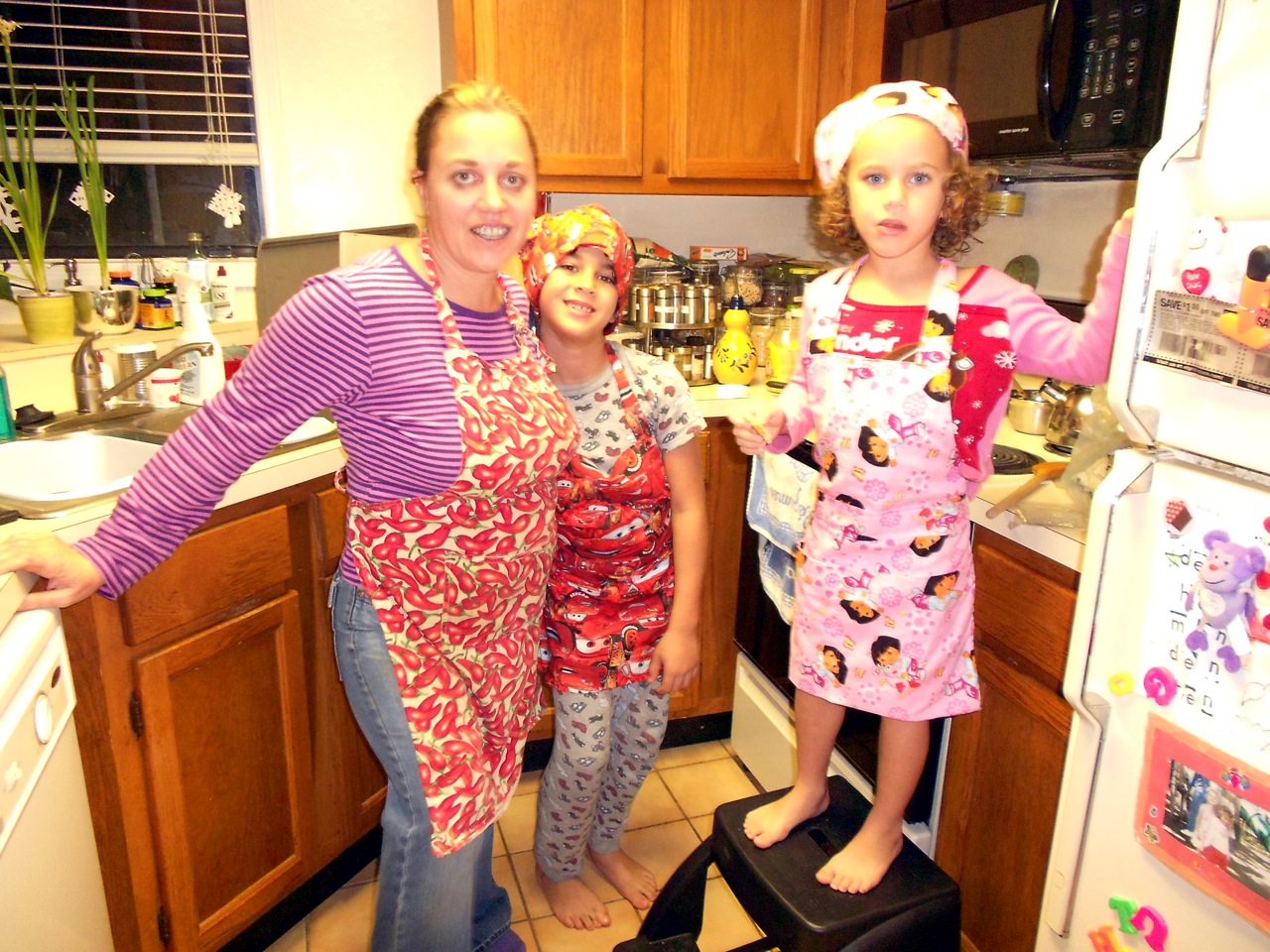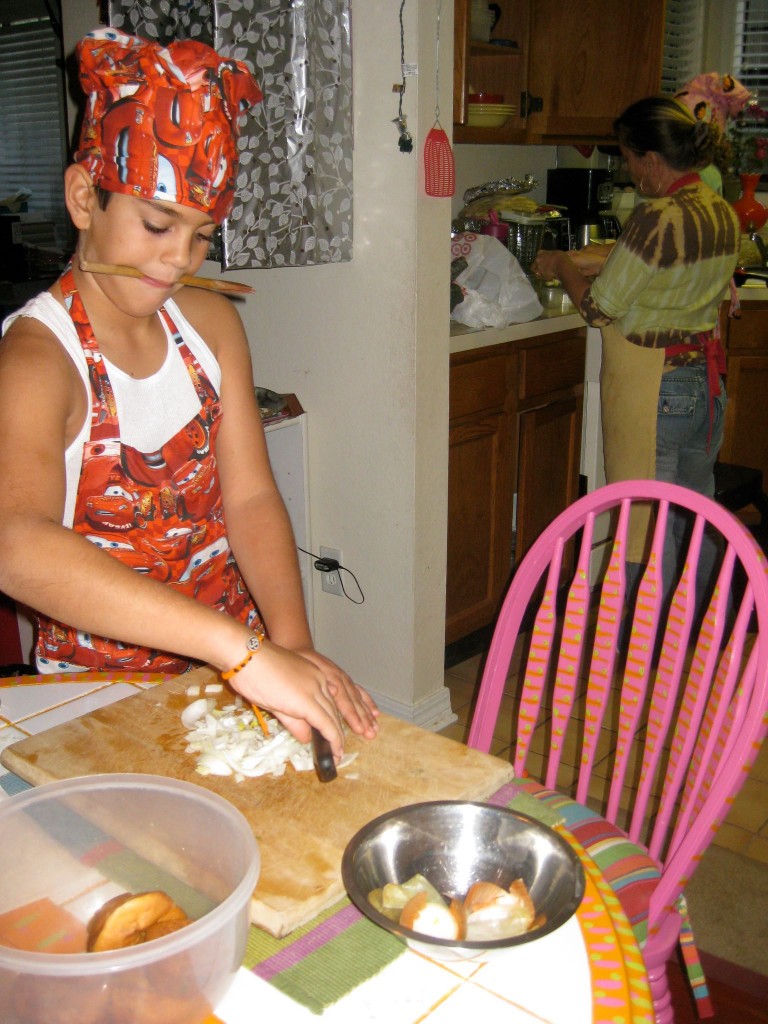It’s very interesting to watch American television with my ex, especially us both having lived outside of the U.S. for so long. I see our culture as a foreigner. So what do I see? I see dramas filled with crimes, medical conditions and dysfunctional families. I see silly comedies where the characters are uncomfortable with sexuality. I see advertisements for fast food, easy preparation “home cooking” and lots and lots of medications.
It is the advertisements that really caught my attention. In this country, the cost of healthcare is a huge issue. The expense is one reason I chose to live outside of the U.S. Yet while we complain about our health and the cost to treat it, we live in a culture which promotes a way of life that is in direct contrast with being healthy. Advertisements even claim that you can eat what you want as long as you take this pill. If you feel discomfort after eating something, it is most likely because the meal wasn’t good for you in some way but instead of changing what or how you eat, the solution is to cover up your body’s “message” by taking a pill.
When I had my children, I had a goal to instill in them healthy eating habits. It is my opinion that it is is one of the best things you can do for a child. By healthy eating habits I don’t mean just feed them healthy food while they kick and scream about it. I mean to teach them to love, crave and relish healthy food.
My children have very healthy eating habits. I am often told how lucky I am. They eat a wide variety of fruits and vegetables (yes even spinach with the right preparation), no soda or junk food (at home and rarely outside) and more importantly, they have learned to love the taste of fresh, natural food.
Learned is the key word — my kids eat healthy but they didn’t get there without some guidance.
Parents always moan and groan about how their kids won’t eat healthy but, even though some kids are pickier than others, all kids learn to taste and appreciate food at an early age. So it is important what they get exposed to; what they taste.
I also learned healthy eating habits at a young age, thanks to my mother, so being healthy hasn’t been a big struggle. I wanted my children to feel the same but unlike my childhood, I didn’t want to make their diet so strict that they felt they couldn’t just enjoy being a kids sometimes.
Here are my tips on how to build healthy eating habits that grow healthy kids.
A wide variety
Every palate is different. I guarantee that even picky kids will find several fruits and vegetables that they like but they need to try a wide variety to find them. You might surprise yourself and find there are ones new to you as well. So don’t just go by the standbys you have used again and again, explore the huge range of fruits and vegetables to choose from. Some ideas to I might suggest is to plan to use a different vegetable every night of the week; visit ethnic markets to expand your choices and ask people in the market how they use them.
Introduce and introduce again
A child’s taste changes as they grow so it is important to continue to introduce tastes even if they decided they didn’t like it before. I remember as a kid that for a while I would only eat the florets part of broccoli and then just the stalks and back to the florets. It is important to keep introducing as many fruits and vegetables as you can to give kids a chance to try them many times as they grow. Remember, habits take a while to break but they also take a while to form.
Get silly; relate on their level
You want kids to be interested in fruits an vegetables? Then you need to talk to them in a way that interests them. Saying something is good for them or they have to eat it does not help. Think about it. An adult with unhealthy habits rarely changes because they “should” but rather because they have to for health or medical reasons. With kids, the goal is never have to get to the point of making them, just pique their interest. You can start with how Popeye eats spinach (well from a can blech! but still) and Bugs Bunny likes carrots but I try to engage them a bit farther. I got them to eat beets by telling them that when they eat them their tongue turns pink and if they eat more, well a lot more is pink later. May be a bit crude but my kids love beets now.
Every vegetable has a story so tell it. Explain where they come from, what effect they have on your body and your health — engage them and they will be willing to try it.
Show them the source
We are so disconnected from our food these days. In most cases we don’t grow or raise the food we eat but in the past we always did. It’s no wonder that our appreciation for healthy food, especially in children is so lacking. As adults we might know we need to eat something because it is good for us, but for kids, they are much more visceral. So connect them with the source. Grow anything such as herbs or tomatoes just to show kids the process. Take them to farms, greenhouses and farmers markets. Show them fruits and vegetables in their freshest, most natural form. That is also what you should cook for them.
Here is an example. Many people by “baby carrots” to give their kids. They think they are doing something good by giving them vegetables. Problem is that “baby carrots” are actually fully grown carrots that have been cut and put into a tumbler to smooth the edges. They are convenient to buy and easy to eat but due to their extra processing, far less fresh than regular carrots and have basically no taste. Regular carrots that you have to peel and trim are far fresher and if cooked until tender and then tossed with a pinch of salt and a pat of butter are sweet and delicious. The result is that if you serve your kids fresh, natural food, they get to taste and appreciate the real flavors of the food instead of the convenient ones which have no taste at all.

Elsa helping me prep.
Supersize the portions of vegetables
I have found that most people prepare a small amount of vegetables to go with their meal. This is in part because it is the ways we eat in America and also because we come to expect that our kids won’t eat many vegetables anyways. Instead of skimping on the veggies, try making enough to fill half the plate of everyone at the table. Consider how at Thanksgiving you make the bowl of mashed potatoes, instead make a bowl of broccoli, beets, carrots, or any other vegetable you choose. It has been my experience that when presented with a large quantity instead of a skimpy side dish, kids often feel that given the amount of vegetables on the table, their chances of not eating ANY are that much slimmer. Additionally, sometimes it takes several bites to really taste something so it is important that kids get enough bites for the taste.
Prepare differently
This one goes for adults as well. If you or your kids think you don’t like a particular vegetable, try it again with a different preparation. If you had it cooked, try it raw or roasted instead of steamed. I love lots of vegetables but there are some that I’ve struggled to develop a taste for. Brussel sprouts and broccoli are two that I didn’t really like at first because I always had them prepared the same ways: steamed or sauteed and then tossed with tamari (a type of soy sauce and olive oil). My mother usually was the one to make them and she loves tamari. She puts it on lots of things but I discovered that it was the tamari that I really didn’t like. In addition I found that roasting these vegetables make them sweeter and less bitter. So the message is — don’t rule a vegetable out until you have prepared it many different ways.
Vegetables in everything
In addition to encouraging children to enjoy the taste of fruits and vegetables, it is a good idea to incorporate vegetables in every recipe. I have several recipes on this site you can try such as my macaroni and cheese which uses pureed butternut squash in the cheese sauce or pancakes which use applesauce for the fat and I also often add bananas or other fruit as well. There are tons more recipes on this site and the internet in general which you can refer to. The key is if you always add fruits and vegetables to your recipes, especially ones where they ‘disappear’, then kids get used to the subtle flavor they add. My kids now don’t like traditional macaroni and cheese because they say it is too “cheesy”.
Good quality fat as an accent
A common technique to get kids (or adults for that matter) to eat vegetables is to load them up with fat: cheese, cream, butter. But that is a bad idea for two reasons: the obvious one that you eat all that extra fat and secondly, you don’t get to taste the flavor of the food itself. An accent of a good quality fat goes a long way. Good choices are just a dab of pure butter, feta cheese, blue cheese, buttermilk (low fat is fine), coconut milk and extra virgin olive oil. For most vegetables, just a small pat of butter and a sprinkle of salt will awaken the flavor without drowning it out. See more here on this post about cooking.


Good article Eliza. I feel exactly the same way about feeding my kids.
thanks Kristen Beard Stetson, one family at a time…
Exactly told.. Gud post.. accidentally came here and its really worth to read..
First of all parents should love the food and the kids will automatically enjoys it..
I see lot of parents who don’t follow the good diet but push their kids to follow..pity of them..
Actually I’m also a fussy eater before but now I eat all kind of veg & fruits. we should change first then only we can expect it from others 🙂
Lady Susan Boland liked this on Facebook.